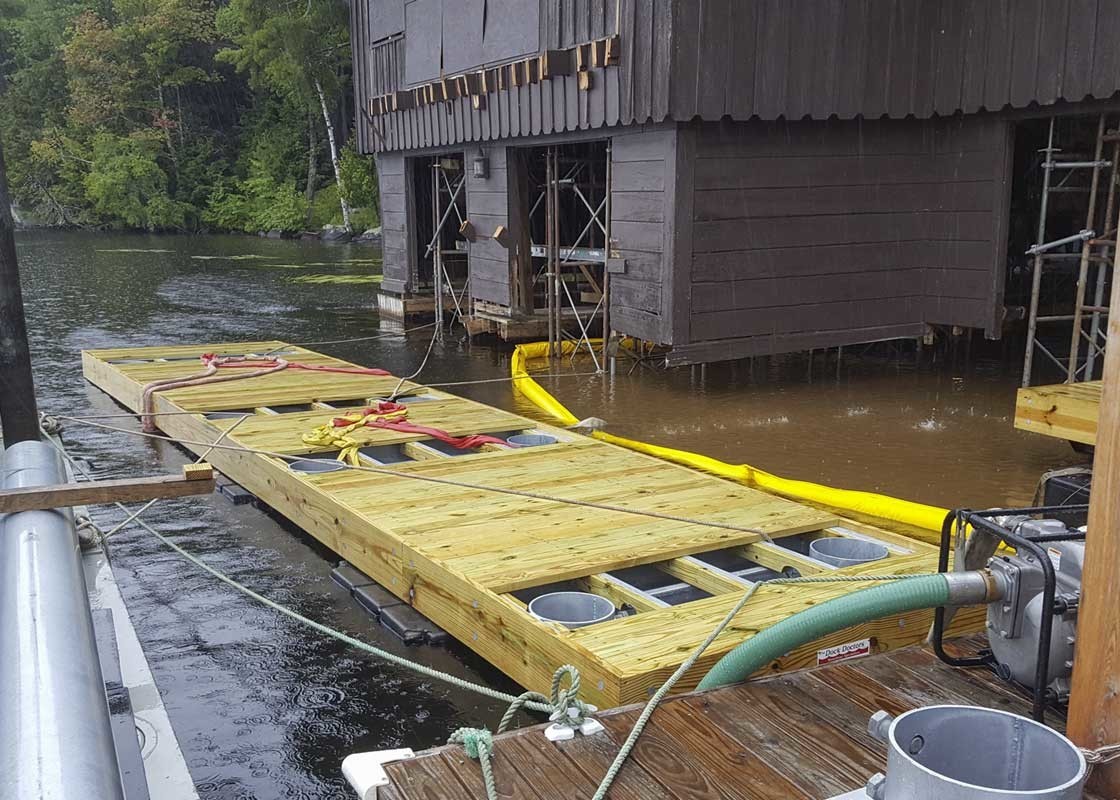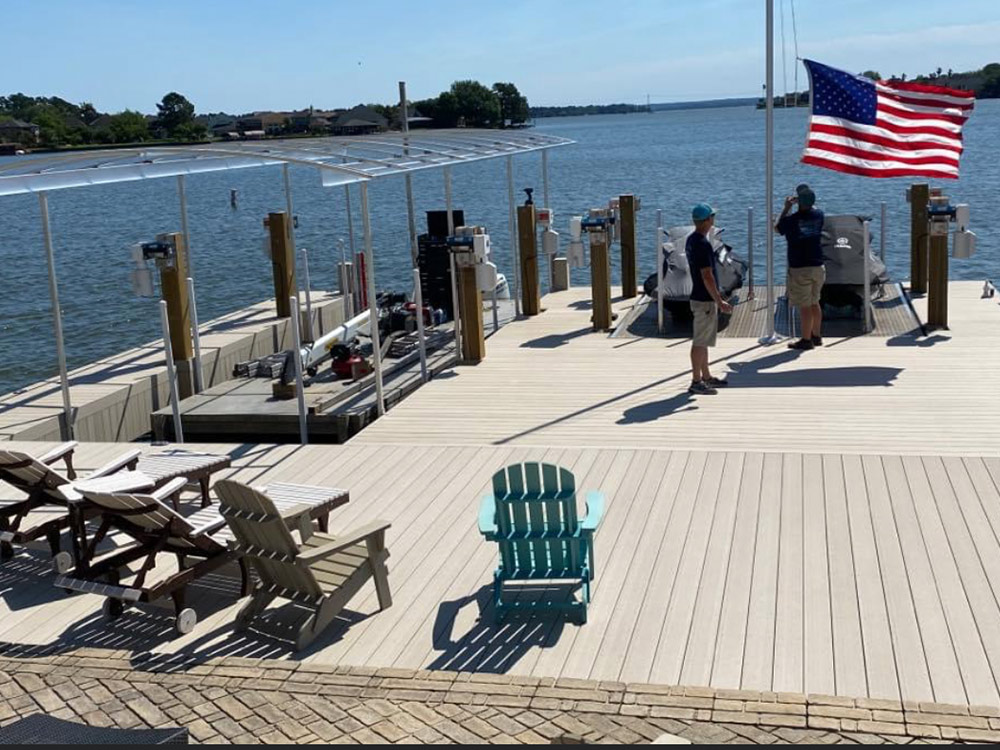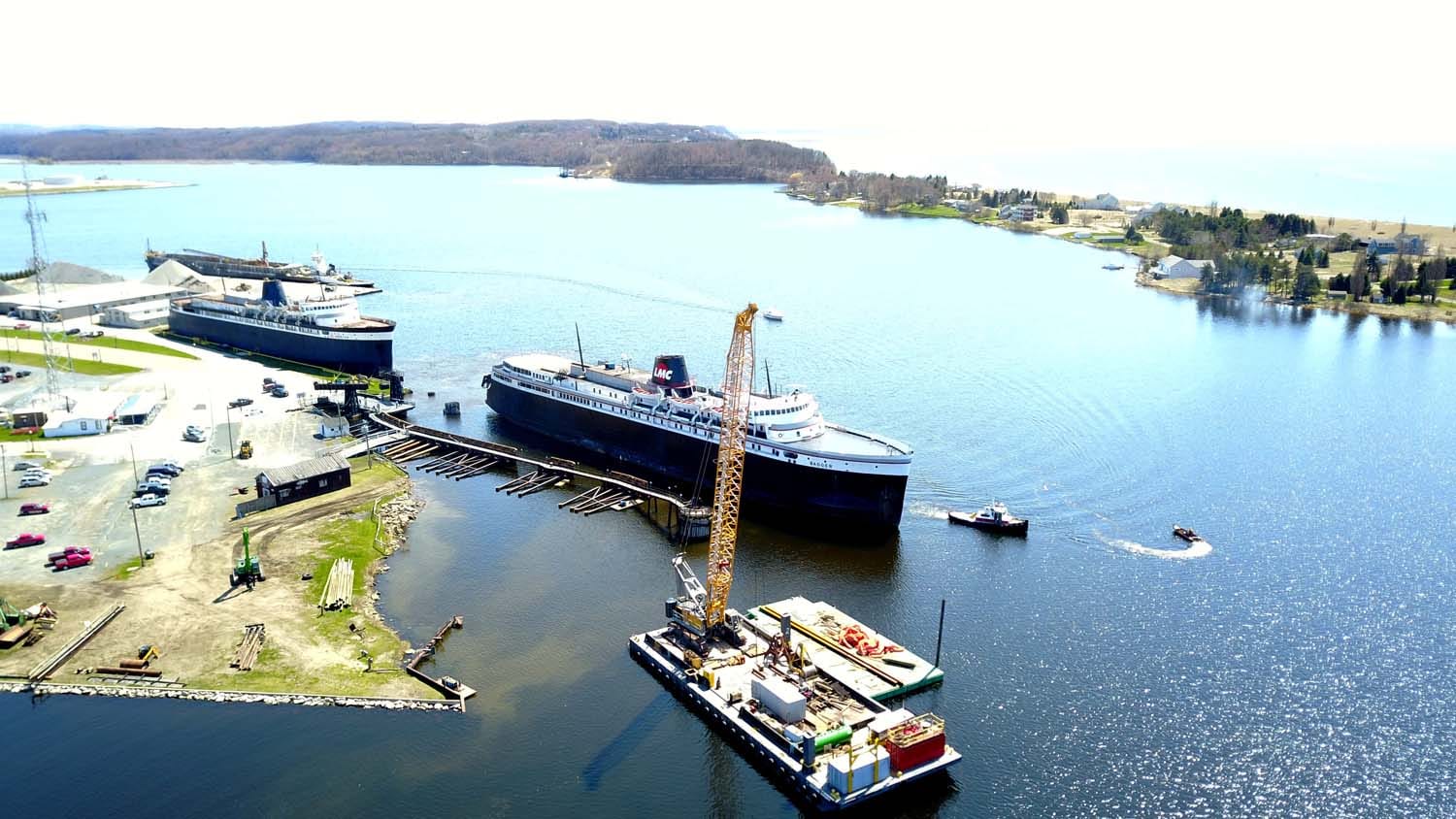DIY Tips for Simple Dock Repairs You Can Take Care Of
DIY Tips for Simple Dock Repairs You Can Take Care Of
Blog Article
Efficient Dock Repair Service Techniques: Guaranteeing Architectural Honesty
Making certain the structural stability of anchors through efficient repair work methods is critical for the longevity and safety and security of aquatic centers. This involves a multi-faceted strategy beginning with comprehensive inspections using advanced technologies like sonar devices and from another location ran lorries (ROVs) to detect both visible and concealed problems. Consequently, choosing the right repair work materials, such as composite materials and corrosion-resistant alloys, is important for sturdiness. Structural support approaches, consisting of the application of cross-bracing systems and load-distribution plates, play a crucial duty in mitigating stress and anxiety factors. The importance of these techniques becomes obvious when checking out sophisticated repair service techniques and preventative upkeep techniques.
Evaluating Dock Damages
Examining dock damages is an important very first step in ensuring the architectural honesty and security of any docking facility. This first assessment includes an extensive assessment to identify both hidden and visible problems. Key facets to examine consist of the dock's foundation, pilings, decking, and hardware. Each part must be looked at for indicators of wear, rot, deterioration, or other kinds of degradation that could endanger the architectural stability.
Architectural designers or certified inspectors commonly perform these evaluations making use of specialized methods and devices. As an example, underwater assessments may use sonar equipment or from another location ran cars (ROVs) to detect immersed damages. Above water, visual assessments are enhanced by utilizing moisture meters and other analysis devices to uncover underlying problems not immediately noticeable to the naked eye.

Choosing Repair Products
Choosing the appropriate repair service materials is a crucial action in the dock repair procedure, one that directly affects the long life and performance of the repaired structure. Product selection have to be driven by elements such as environmental conditions, load-bearing requirements, and compatibility with existing dock components. Wood is a typical selection for anchors due to its all-natural resilience and aesthetic appeal. Choosing the ideal kind of timber, such as pressure-treated lumber or normally rot-resistant species like cedar or teak wood, is critical to stand up to water settings.
In enhancement to wood, composite products are significantly preferred as a result of their resilience and low upkeep requirements. Composites, usually made from a mix of plastic and wood fibers, provide excellent resistance to rot, pests, and UV damage. For steel anchors, selecting corrosion-resistant alloys such as galvanized steel or marine-grade aluminum is vital to avoid corrosion and make sure structural integrity in saline water conditions.
Epoxy materials and marine-grade sealants are essential for fixing fractures and securing joints, giving a waterproof obstacle and boosting the dock's general toughness. By carefully selecting high-grade products, dock repairs can accomplish durable outcomes, thereby protecting versus future degradation and making sure risk-free, reputable usage.
Structural Support Strategies
Efficient architectural support methods are essential in making certain the security and durability of dock repairs. This approach is especially effective for anchors exposed to hefty tons or extreme environmental problems.
An additional vital technique is the application of fiber-reinforced polymers (FRP) These materials offer high strength-to-weight proportions and superb resistance to deterioration, making them optimal for enhancing concrete or wood docks. FRP can be applied in sheets or strips and bound with epoxy materials to boost structural integrity.
Bracing and securing systems likewise play a vital duty in architectural reinforcement. Cross-bracing, utilizing metal or wood light beams, can combat side forces, reducing persuading and activity. Anchoring systems, such as helical piers or driven heaps, provide a secure structure by moving loads to deeper, a lot more secure dirt layers.
Finally, the integration of load-distribution plates can assist distribute weight more uniformly across the dock's surface, mitigating Full Article localized anxiety points. These strategies jointly ensure that docks continue to be robust and risk-free, with the ability of standing up to the rigors of their functional setting.
Advanced Repair Work Techniques

One more innovative strategy includes underwater welding, which enables repair work to be performed without the need to dewater the area. This technique is specifically advantageous for dealing with architectural concerns in immersed dock parts, ensuring marginal interruption to procedures. Boosted welding methods, paired with robot systems, provide precision and integrity, consequently prolonging the lifespan of the dock.
Furthermore, cathodic defense systems are implemented to avoid rust in metallic dock structures. By utilizing sacrificial anodes or pleased current systems, these methods efficiently mitigate the electrochemical processes that lead to product damage.
Finally, progressed tracking innovations, such as architectural health and wellness monitoring (SHM) systems, supply real-time information on the problem of dock frameworks. These systems enable positive maintenance and prompt interventions, ultimately ensuring the long-lasting structural honesty of the dock.
Maintenance and Avoidance
Upkeep and prevention are essential ideas that underpin the long life and safety and security of dock frameworks. Routine assessments are extremely important, permitting early discovery of deterioration, potential weak points, and ecological influences. An aggressive method, involving regular checks for rust, rot, and architectural shifts, minimizes pricey repair work and prolongs the dock's functional life.
Preventive measures need to include using protective layers to steel components to guard versus corrosion and using treated wood to stand up to degeneration. Additionally, ensuring correct drain and air flow can prevent water buildup, which is a typical cause of architectural you can try here deterioration. Including top quality materials and adhering to supplier guidelines throughout building and repair service phases additionally play vital roles in enhancing resilience.

Educating personnel in dock upkeep finest practices guarantees constant application of safety nets. Leveraging technological advancements, such as drones for assessments and sensing units for real-time monitoring, can even more enhance maintenance efforts. By prioritizing maintenance and prevention, dock proprietors can make certain architectural stability, operational security, and economical administration over the dock's lifespan.
Conclusion
Finally, preserving the architectural stability of marine centers demands thorough dock repair techniques. Complete examinations using advanced tools uncover both visible and hid damages, while the choice of suitable repair service materials enhances durability. Applying architectural support methods addresses stress and anxiety points properly. Advanced repair service techniques, coupled with regular maintenance practices, guarantee the dock stays operational and risk-free under diverse environmental problems. Taking on these techniques substantially prolongs the lifespan and capability of aquatic framework.
Ensuring the architectural stability of docks through efficient repair work techniques is vital for the durability and security of aquatic facilities.Selecting the proper repair work products is an essential action in the dock reconstruction process, one that directly affects the longevity and performance of the repaired structure.Efficient structural reinforcement techniques are vital in ensuring the stability and long life of dock repairs. By focusing on maintenance and avoidance, dock owners can make certain architectural integrity, functional security, and cost-effective management over the dock's lifespan.
In conclusion, preserving the architectural integrity of marine centers demands comprehensive dock repair work strategies.
Report this page